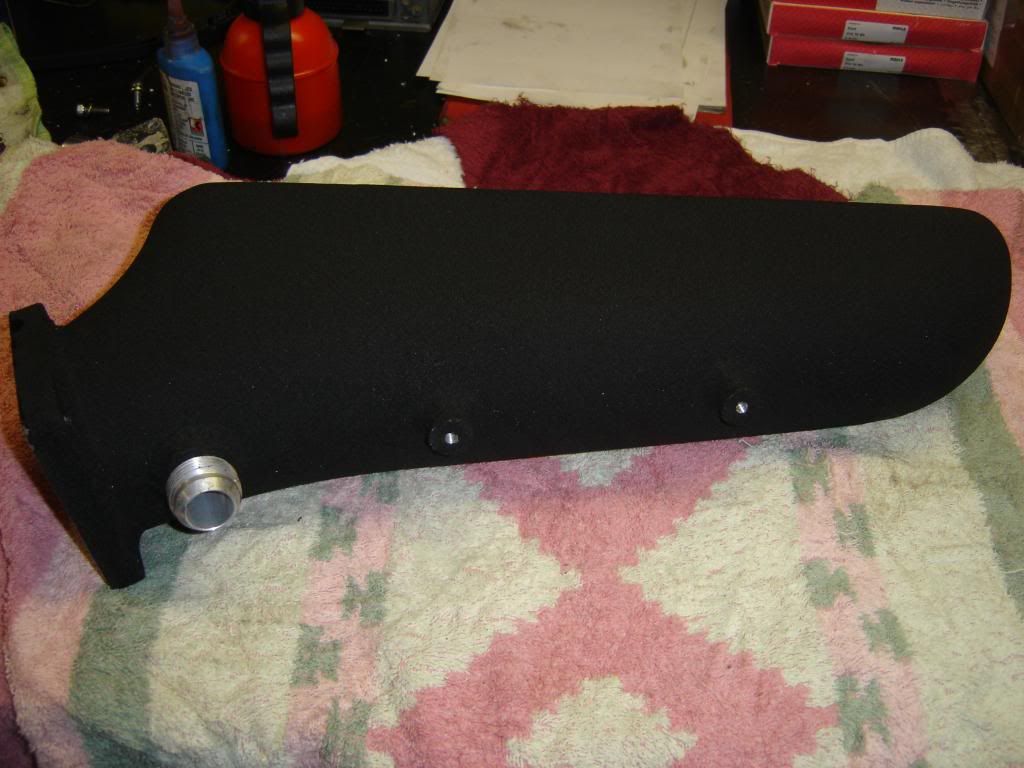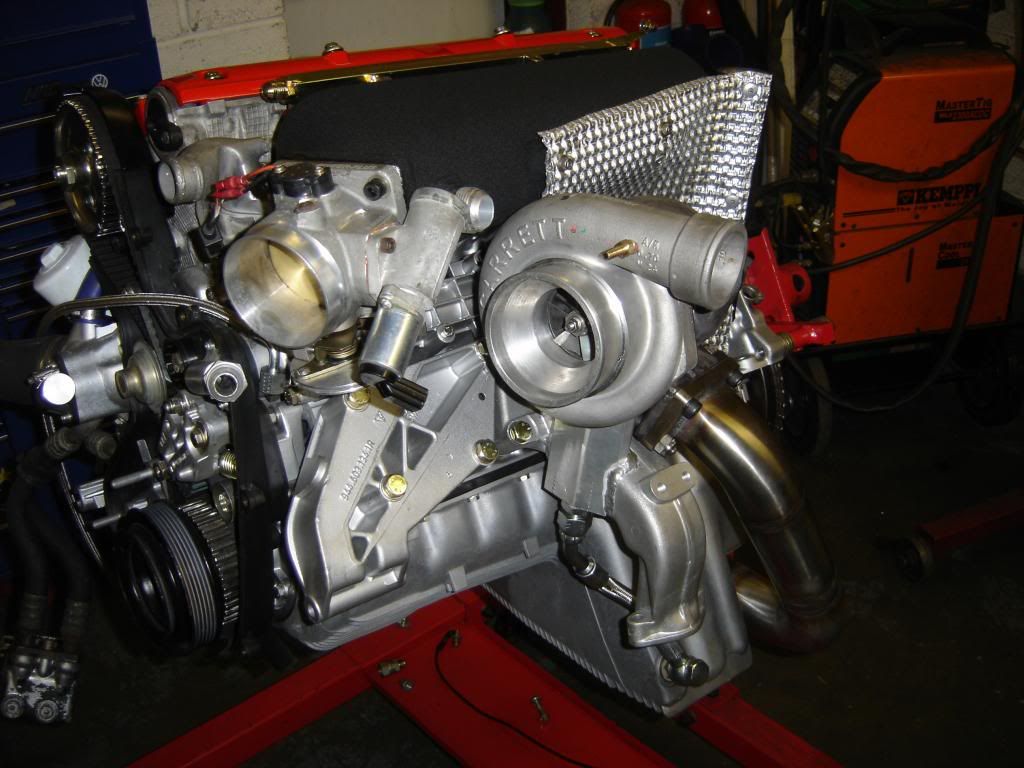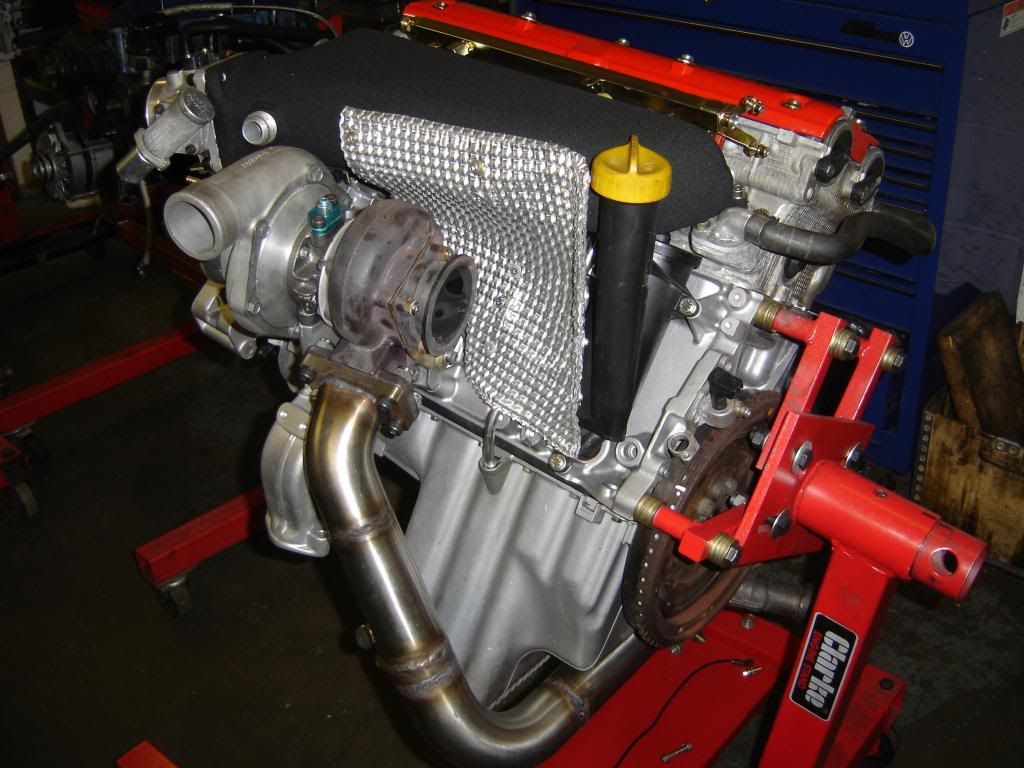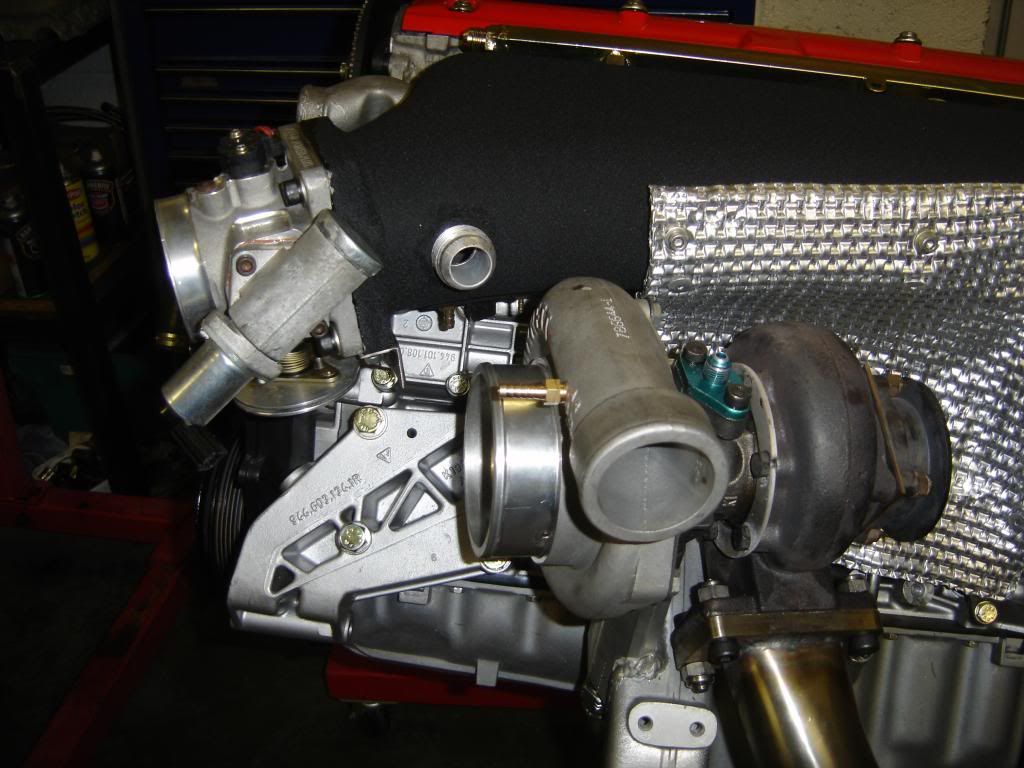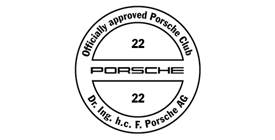Well guys, Thanks for your comments, I have taken it all on board. I have today received my inlet back, its been crackle blacked and looks great. I am going to get the engine back together over the weekend and hopefully on the dyno for next weekend. I'm going to start by mapping it on the Garrett Stage 5 turbo and see if altering the cross-over pipe as helped things. I would like to see 30 psi, but if the back pressure is to high I'll have to tail the boost off. I also have the loan of a gt35 which if I have time I may pop on.
Thanks again for the comments and I hope to meet you all sometime, when I get the car done.
Cheers Tim
Thanks again for the comments and I hope to meet you all sometime, when I get the car done.
Cheers Tim


